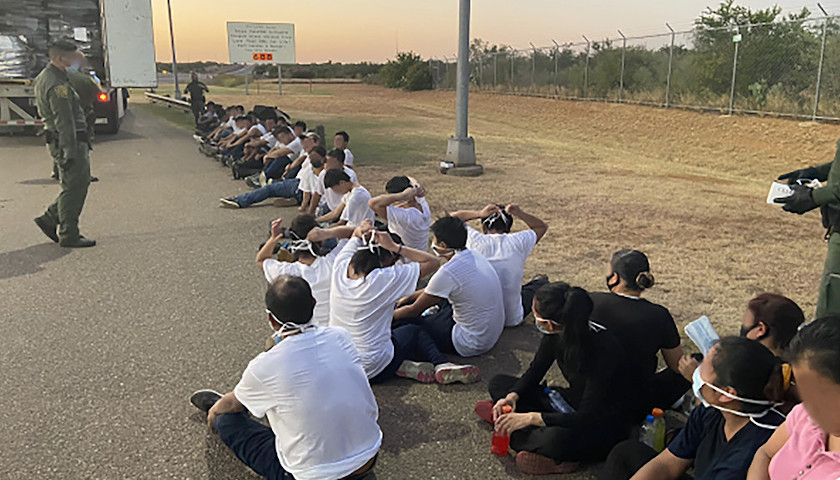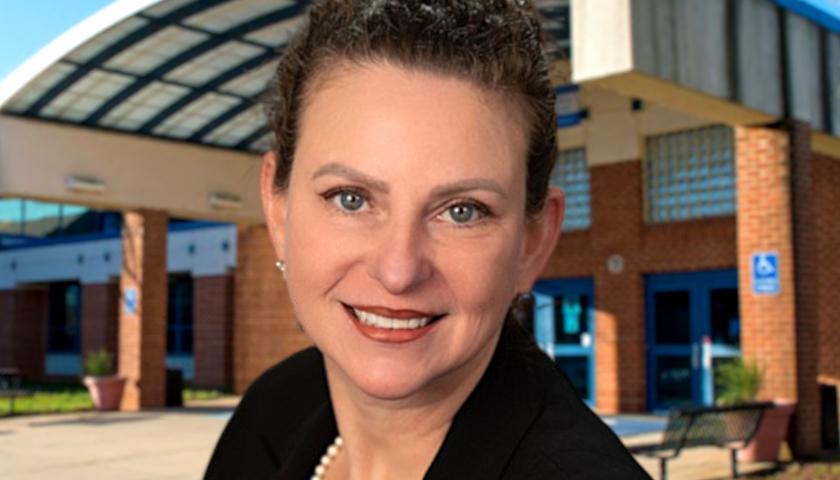A Pittsburgh-based think tank’s analysis published this week shows the city’s public schools spend far more per student than the average public school, even as achievement severely lags.
Examining student testing statistics and finance data, the brief by the Allegheny Institute for Public Policy (AI) determined that Pittsburgh Public Schools spend almost $30,000 per pupil yearly — among the highest spending figures in the state — while their institutions score woefully low. Pennsylvania districts spend between $16,000 and $19,000 per student annually.
On average, only 28 percent of student populations in the city’s 34 elementary schools got combined proficient or advanced English and mathematics scores on Pennsylvania System of School Assessment (PSSA) exams. That figure was 33 percent for Pittsburgh’s 24 middle schools.
Of the K-5 schools, only 4 — Colfax, Montessori, Greenfield and Allegheny — ranked in the top half of such schools across the state. Meanwhile, only six of the city’s schools with grades 6-8 found themselves in the top 50 percent.
City high schools hardly fared better: Of the nine schools with 11th-grade students required to take Keystone proficiency tests, only three were in the top half of Pennsylvania schools.
“If you spend $30,000 per kid, you’ve got 20 kids in a classroom, that’s $600,000 a year and these kids are not learning to read or do math at anything like grade level…,” AI President Emeritus Jake Haulk, the report’s author, told The Pennsylvania Daily Star. “It’s an anomaly that almost defies description that you could spend that much money and not have better education than this…. It’s almost criminal the way they hold these graduations and treat these kids like they really accomplished something when all they’ve done is managed to get to the 12th grade; [students] keep getting passed on because [schools] can’t hold them all back.”
The report even posits that massive allotments of taxpayer money might even be “counterproductive” insofar as they disincentivize hardheaded decisions to change practices in ways that could benefit student achievement. Haulk observed that about half of the money that PPS receives comes from the commonwealth rather than local taxes in contrast to most locales which largely fund their schools through real-estate-tax revenue. The result for Pittsburgh schools, he asserted, is administrative bloat and overpayment of many faculty and staff.
“If the principals and the superintendents and the school board know that the money’s going to be flowing in regardless of what kind of quality product they’re turning out, what’s the incentive for them to try to do better?” Haulk said. “If the state would say, ‘Look, if you don’t get better scores, we’re going to start pulling some of the money back,’ they might actually get serious about it.”
Haulk acknowledged that underperformance taints numerous school districts throughout the commonwealth, with urban areas especially tending to struggle. He pointed out, however, that while the School District of Philadelphia underperforms, it does not spend nearly as much per pupil as Pittsburgh’s system to get such unimpressive results. U.S. News reports that Philadelphia spends $13,263 per student annually.
U.S. Census Bureau data indicate the Pittsburgh metropolitan area’s population declined by roughly 16,000 residents from 2021 to 2022; Haulk ascribes much of the exodus from the city itself to poor K-12 public education quality.
The economist emphasized that not all of the schools that perform well are affluent, and he cites as examples certain districts near Pittsburgh, including Mt. Lebanon, North Allegheny, Fox Chapel Area, and Upper St. Clair school districts. He found that twenty-four districts in the Keystone State spend under $15,000 per pupil and still outperform PPS, some of them vastly so, such as Westmoreland County’s Norwin School District, which spends roughly $14,000 per student yearly and ranks 26th in the state.
Despite the population outflow and complaints from critics like the institute, PPS hasn’t undertaken substantive reform. The Pittsburgh Federation of Teachers, the union representing city faculty, continues to wield formidable clout.
Haulk did recognize one major change in recent decades: the introduction of magnet schools, which have yielded results that outshine the City of Bridges’ traditional institutions to varying degrees. Pittsburgh Creative and Performing Arts (CAPA), for instance, ranks 26th out of the state’s 634 public high schools in Keystone Exam scores.
One reform Haulk said he would like to see is a mechanism that reduces state allotments to PPS if scholastic performance fails to sufficiently improve. Another change he urges is a universal voucher system wherein education money follows the child to the institution his or her parents choose.
Neither PPS nor the PFT returned requests for comment.
– – –
Bradley Vasoli is managing editor of The Pennsylvania Daily Star. Follow Brad on Twitter at @BVasoli. Email tips to [email protected].




